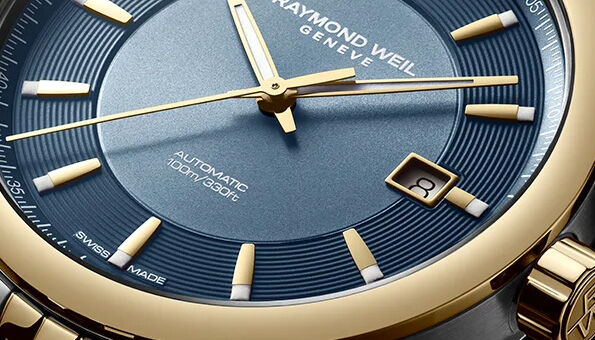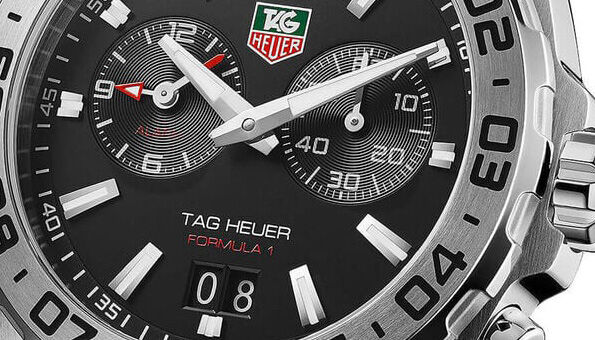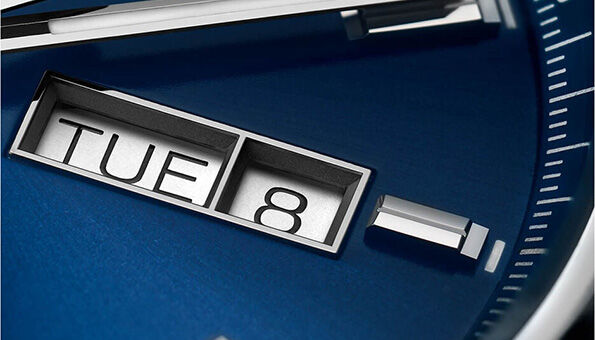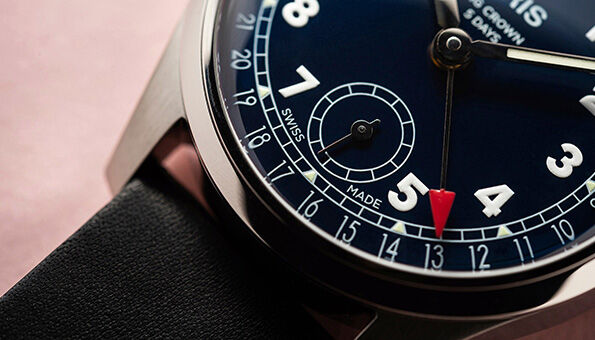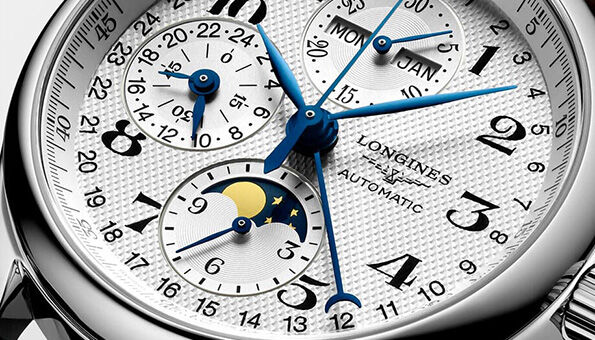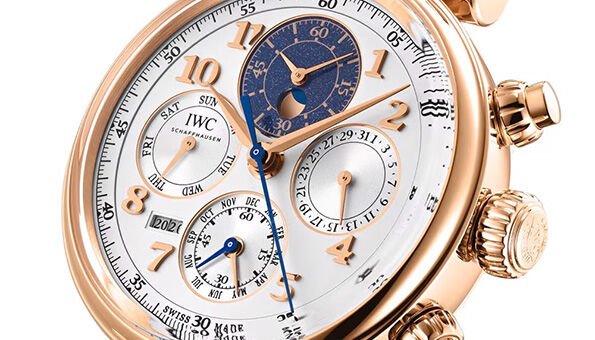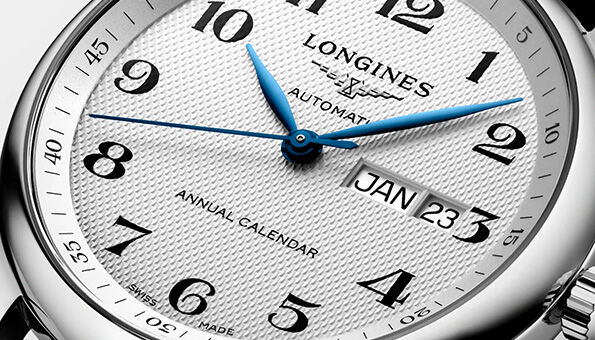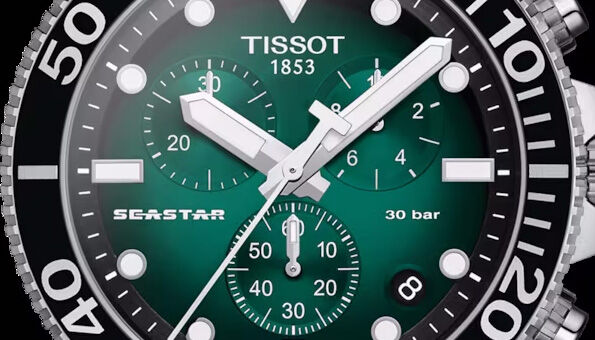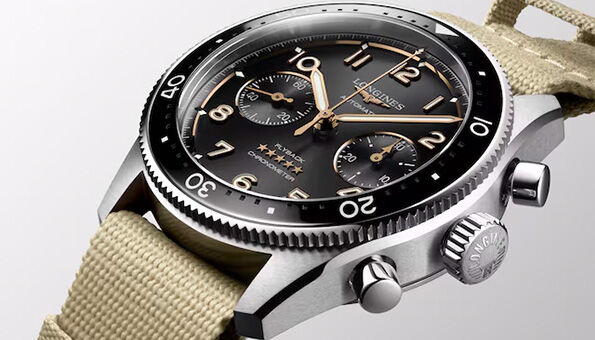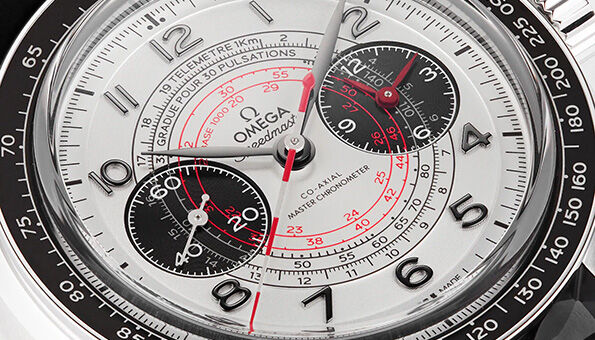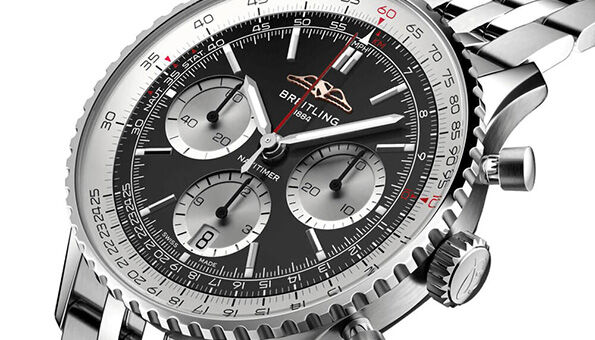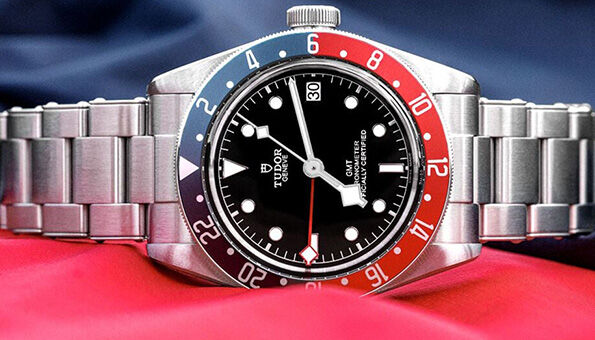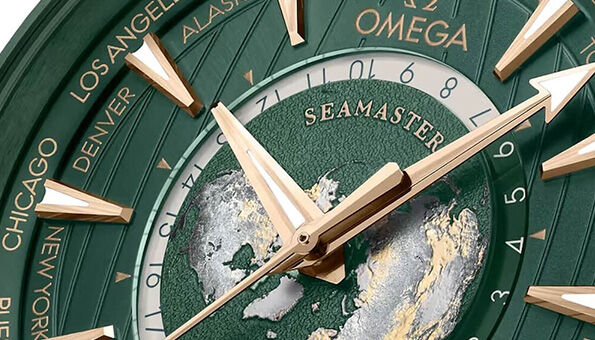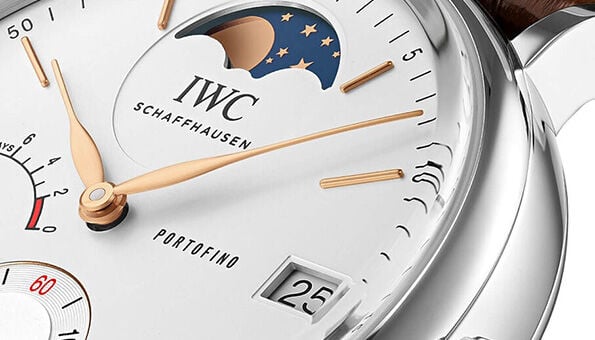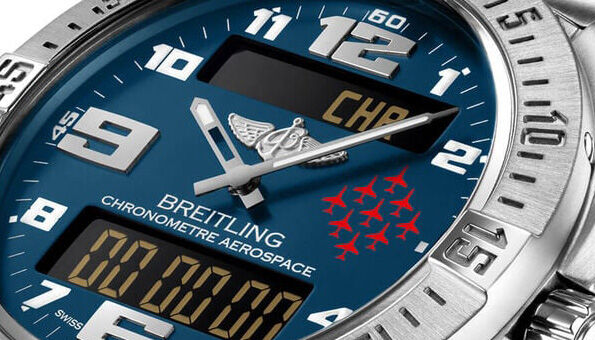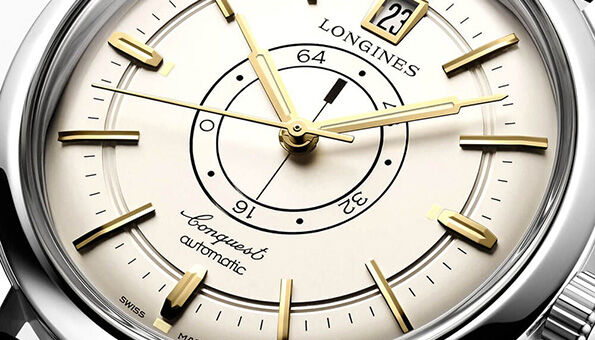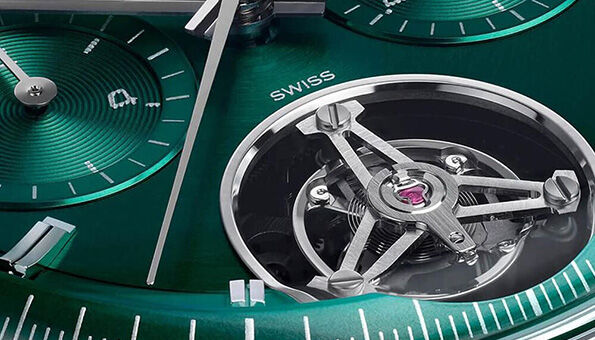Watch Complications: A Simple Guide
A regular watch tells the time, but any extra functions are called complications. Over 600 years of watchmaking, each new feature has made the basic movement more intricate, making these complications highly valued by watch enthusiasts.
Complications add functions beyond telling the time, such as calendars, alarms, tourbillons, and dual time zones. They require precise mechanisms and additional parts, resulting in detailed and sought-after timepieces.
DATE COMPLICATIONS
A date complication, which displays the date on the watch, is the simplest watch complication available. Day-date complications go a step further by showing both the day of the week and the date. To ensure the correct date is displayed, the date function must be manually adjusted at the end of 30-day months and at the end of February.
DATE WINDOW
One of the most common types of watch complications is the date window, which shows the date through a small window on the watch dial. For example, this Raymond Weil Freelancer features this complication, typically positioned at 3, 4:30, or 6 o’clock. It displays the date via a numbered disk that moves under the dial. Unless the watch has an annual or perpetual calendar, the date must be manually adjusted at the end of months with fewer than 31 days.
LARGE DATE
Another type of date complication is the large date, also known as a "big date," "grande date," or "panorama date." For example, the TAG Heuer Formula 1 showcases this feature. This is a larger version of the standard date display, usually utilizing two date disks—one for the tens and one for the ones—and features two separate windows, each showing part of the date.
DAY/DATE WINDOW
The Day-Date complication combines the date display with the day of the week in separate windows. Typically, it is adjusted using the crown; turning it in one direction changes the day, while the other direction changes the date. Some models may also have a small button on the side of the case for setting, which requires a special tool called a stylus. This TAG Heuer, for instance, placed these displays next to each other at 3 o'clock.
POINTER DATE
This type of date display uses a central hand to point to the current date on a numerical scale around the edge of the dial. Oris's Big Crown Pointer Date, introduced in 1938, was one of the first watches to popularize this style.
CALENDAR COMPLICATIONS
Most watches with a calendar function need regular adjustment to display the correct date. These watches reset after 31 days, representing a full month. However, since our calendar includes leap years and months with varying days, watchmakers developed two advanced complications to track dates more accurately. These complications ensure that, as long as the timepiece is wound and running, the calendar remains functional and accurate without monthly adjustments.
TRIPLE CALENDAR
This complication shows the day, date, and month in various arrangements of windows, subdials, or hands. It requires adjustment at the end of any month shorter than 31 days. Some triple calendars also include a moon-phase display and can be combined with other complications.
PERPETUAL CALENDAR
A highly sophisticated complication is the perpetual calendar, which automatically adjusts for the day, date, month, and leap years without needing adjustment until the year 2100. Often featuring a moon-phase display, these watches can also be combined with other functions like a chronograph. The IWC Schaffhausen Da Vinci Perpetual Calendar Chronograph, for instance, showcases this impressive feature set, combining elegance with advanced horological engineering.
ANNUAL CALENDAR
First introduced by Patek Philippe in 1996, an annual calendar only needs manual adjustment once a year at the end of February. This complication, positioned between a perpetual calendar and a triple calendar, does not account for leap years and will continue to run to the 31st in February before advancing to the first of March. It compensates for the varying lengths of 30- and 31-day months, making it more convenient than a triple calendar. The Longines Master Collection watch features this annual calendar, offering a practical and elegant solution for those seeking a balance between complexity and convenience.
CHRONOGRAPH COMPLICATIONS
A chronograph is a complication that provides a stopwatch function to a timepiece, allowing the wearer to measure intervals of time without disrupting the watch’s primary time-telling capability. This innovation brought remarkable accuracy in recording time, ranging from 1/100 of a second up to 12 hours.
SIMPLE CHRONOGRAPH
A chronograph functions as a stopwatch, measuring elapsed time with a central seconds hand and subdials for minutes and hours. These are operated by pushers on the case. Some chronographs use a single pusher, while others use two buttons, a design popularized by Breitling in 1923. The Tissot Seastar 1000, for instance, exemplifies this functionality with its precise and user-friendly chronograph features.
FLYBACK CHRONOGRAPH
The flyback chronograph is an advanced type of chronograph that allows for the rapid restarting of the timer function while it is still running. By pushing the chronograph button, the chronograph stops, resets to zero, and immediately restarts. This quick reset feature is essential for achieving split-second accuracy. The Longines Spirit Flyback, with its efficient flyback mechanism, offers this advanced functionality, making it ideal for precise timekeeping needs.
CHRONOGRAPH SCALES
Chronograph scales add additional functionality to a watch by providing precise measurements for various activities.
A tachymeter scale measures speed over a fixed distance and is often used in racing watches, typically found on the dial or bezel.
A pulsometer measures heart rates; the user starts the chronograph, counts a set number of heartbeats, and then reads the heart rate from the scale.
A telemeter measures the distance from an event based on the time difference between seeing and hearing it, such as timing the interval between lightning and thunder.
The Omega Speedmaster Chronoscope, integrates all of these functionalities, making it a versatile and precise tool for various measurements.
A slide rule, also part of chronograph scales, is often used by pilots for various calculations. The Breitling Navitimer is a well-known example featuring this scale.
This circular scale on a watch, either as a bezel or on the inner flange, can be rotated in both directions to perform calculations related to time, speed, distance, and conversions. Typically, it consists of two circular scales marked with numbers from 1 to 60, with the outer scale often representing time and the inner scale representing units like miles, kilometers, or nautical miles. The slide rule can convert units such as miles to kilometers or gallons to liters, calculate travel time based on speed and distance, determine fuel consumption for a specific distance or time, and perform basic multiplication and division.
TRAVEL COMPLICATIONS
Often associated with aviation or the military, watches with multiple time zones are ideal for managing time across different regions of the world. These timepieces are highly functional, allowing the wearer to quickly adjust and understand time while traveling.
GMT/DUAL TIME ZONE
A GMT watch, like the Tudor Black Bay GMT, displays the time in two time zones simultaneously. It features an additional hour hand and a 24-hour scale, making it easy to track local time alongside another time zone. Some GMT watches even allow tracking a third time zone, enhancing their utility for frequent travelers and professionals who need to coordinate across different regions. These watches combine practicality with elegance, making them a valuable accessory for anyone who navigates multiple time zones regularly.
WORLD TIME ZONE
A world time watch, like the Omega Aqua Terra Worldtimer, takes this functionality to the next level by displaying the time in all 24 time zones simultaneously.
It features a rotating 24-hour scale and a ring with city names, each representing a different time zone. This allows the wearer to see the local time in any major city around the world at a glance.
OTHER COMPLICATIONS
MOON PHASE
A moon-phase complication is highly desired by watch enthusiasts for its utility, technical prowess, and beauty. The duration of a lunar cycle (from new moon to new moon) is 29 days, 12 hours, 44 minutes, and 3 seconds. This complication tracks the current phase of the moon, indicating whether it is a new, full, half, or quarter moon.
Using a rotating disk, the watch shows the illuminated portion of the moon as seen from Earth. The phases are typically displayed through an aperture on the dial, featuring a graphic image of the moon. As the moon travels across the sky, the image on the watch travels across the dial. The IWC Schaffhausen Portofino Hand-Wound Moon Phase exemplifies this complication, beautifully displaying the lunar cycle on its elegant dial.
MINUTE REPEATER
A repeater complication is a true marvel in modern horology. When a slide lever on the watch case is pressed, the timepiece chimes the time through a series of rings. A minute repeater strikes the hours, quarters, and minutes on request, while a quarter repeater chimes only the hours and quarters. Historically, repeaters helped the visually impaired tell time and were useful for telling time in the dark before the widespread use of electricity.
Today, minute repeaters are among the most complex watch mechanisms, highly coveted by watch enthusiasts for their masterful engineering and beautiful acoustics
POWER RESERVE INDICATOR
A mechanical watch has a limited power reserve to keep its functions running before it needs to be wound again. Typically, a fully wound automatic watch has between 36 and 42 hours of energy, though some models can last up to ten days. Manual-wind watches can have a power reserve ranging from 48 hours to 15 days. The power reserve indicator shows the wearer how much energy is left in the mainspring and how long the movement can continue to run without winding. The Longines Conquest Heritage features a central power reserve indicator, allowing the wearer to easily monitor the remaining energy.
TOURBILLON
The "brain" of a mechanical watch is the escapement, which includes a delicate hairspring mounted on a balance wheel that rotates back and forth, with each rotation representing a tick. Due to gravity and the design, the timekeeping rate varies when the watch is in different positions.
In a standard mechanical watch, the fixed escapement cannot maintain the exact same rate in all positions (dial up, down, crown up, down, etc.). A tourbillon addresses this issue. The tourbillon houses the entire escapement in a rotating cage, constantly moving to cancel out timing variations, regardless of the watch's position.
The TAG Heuer Carrera Chronograph Tourbillon is a prime example of this advanced mechanism.
Watch complications range from basic date displays to intricate mechanisms like the tourbillon and minute repeater. These features showcase the perfect blend of functionality and artistry in watchmaking. Each complication adds a unique layer of complexity and charm, transforming watches into not just timekeepers, but also marvels of mechanical engineering.

